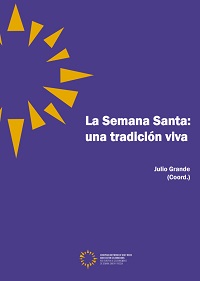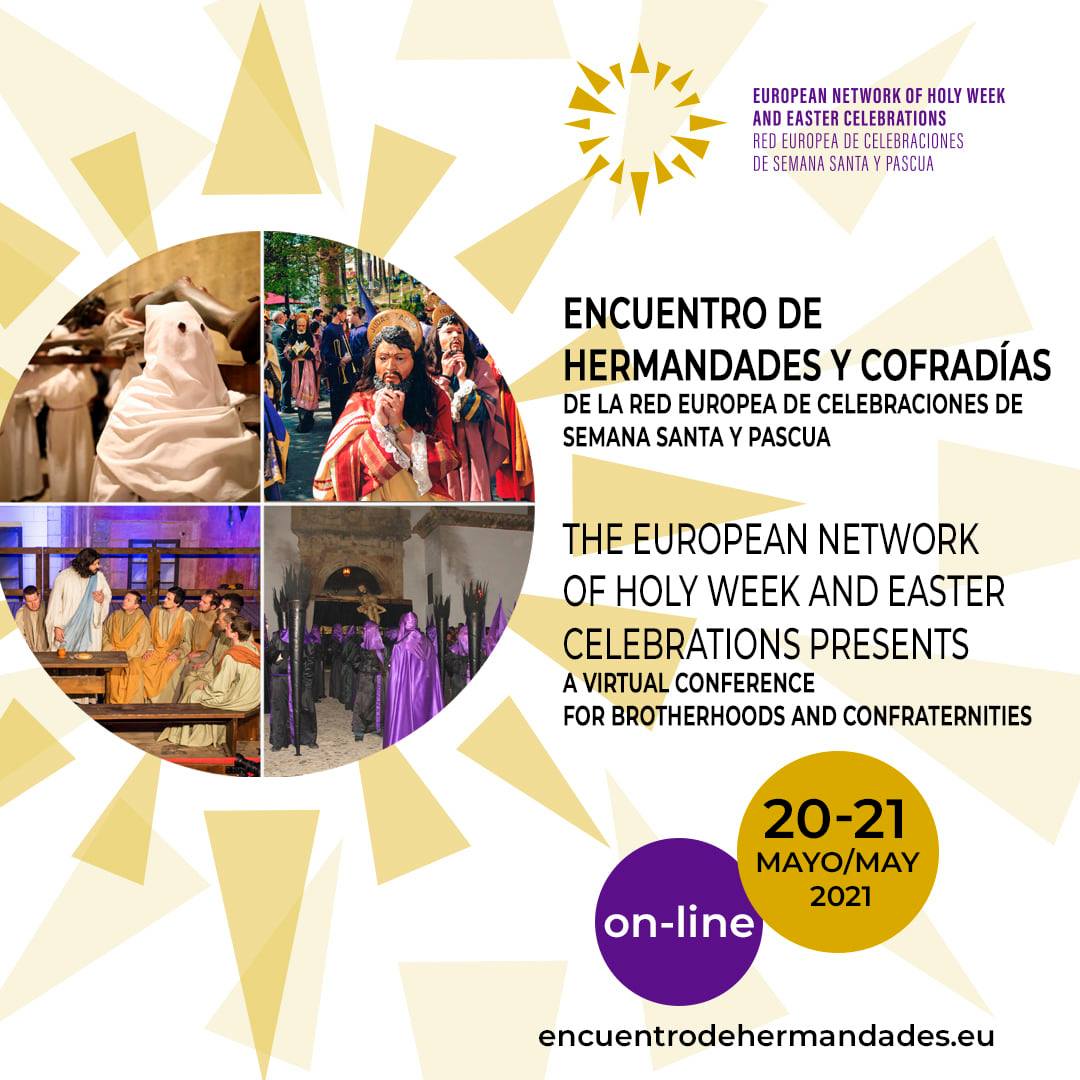
The European Network of Holy Week and Easter Celebrations presents the book ‘Holy Week, a living tradition’
The European Network of Holy Week and Easter Celebrations presents the publication ‘Holy Week, a living tradition’, a book of anthropological orientation that includes 200 pages and in which we can read the study of some of the traditions of Holy Week and Easter that are celebrated in different areas of Europe.
In the words of the president of the European Network of Holy Week and Easter Celebrations, Rosario Andújar, “it is a work that allows us to know the diversity and similarities of a shared heritage that remains fully valid in our towns and regions. Likewise, it provides the possibility of discovering its evolution, its social implantation and its future scenario. This work was born from the social recognition of Holy Week as Cultural and Intangible Heritage”.
María Pía Timón Tiemblo, from the Institute of Cultural Heritage of Spain, addresses the Spanish Holy Week as a representative manifestation of Intangible Cultural Heritage within the framework of the PCI 10/2018 Safeguarding Law, while Miguel Luis López-Guadalupe Muñoz, from the University of Granada, deals with some historical notes about Holy Week in Eastern Andalusia: its conformation in modern times. For his part, José Luis Alonso Ponga from the University of Valladolid addresses some notes for the study of rural Easter in Castilla y León and Ignazio E. Buttitta, from the University of Palermo, explains Easter in Sicily.
Also participating are the professors Salvador Rodríguez Becerra, from the University of Seville and Salvador Hernández González, from ‘Pablo de Olavide’ University, who analyze Holy Week in Andalusia, its structural, organization and ritual models, and the Portuguese professor Rui Ferreira, from the institute ‘Estudos Avançados em Catolicismo e Globalização’ (IEAC-GO), addressing the Holy Week in Portugal and Braga.
For his part, the official chronicler of Orihuela explains the presence and symbolism of the ‘enemies of the soul’ in Holy Week in Spain and George Agius, from Malta, exposes the traditional devotion of Holy Week and Easter in Birgu-Città Vittoriosa. Sebastiano Mannia, from the University of Sassari, writes about Holy Week in Sardinia and María Pilar Panero García, from the University of Valladolid, presents a study focused on the rite, subversion and narrative in Holy Week in León: the burial of Genarín. Finally, Joze Stukl, curator of the Shofja Loka museum, addresses a review of the history and the demonstrations of the Holy Week in this Slovenian city.
For the president of the European Network of Easter and Easter Celebrations, “together with the Congress ‘Holy Week, a Common Heritage’ recently organized, this new work is one more vehicle to deepen the investigation and knowledge of this shared tradition for all the partners that make it up, one of the main objectives of this European Network”.
For his part, the coordinator of this work and of the Scientific Committee of the European Network of Easter and Easter Celebrations, Julio Grande, highlights that “this work aims to contribute to a better understanding of the Holy Week celebrations and is further proof of the Network’s commitment to committing to the investigation of rituals that still have a wide presence on the European continent.
The work, to date available in Spanish and soon in English, can be read here



